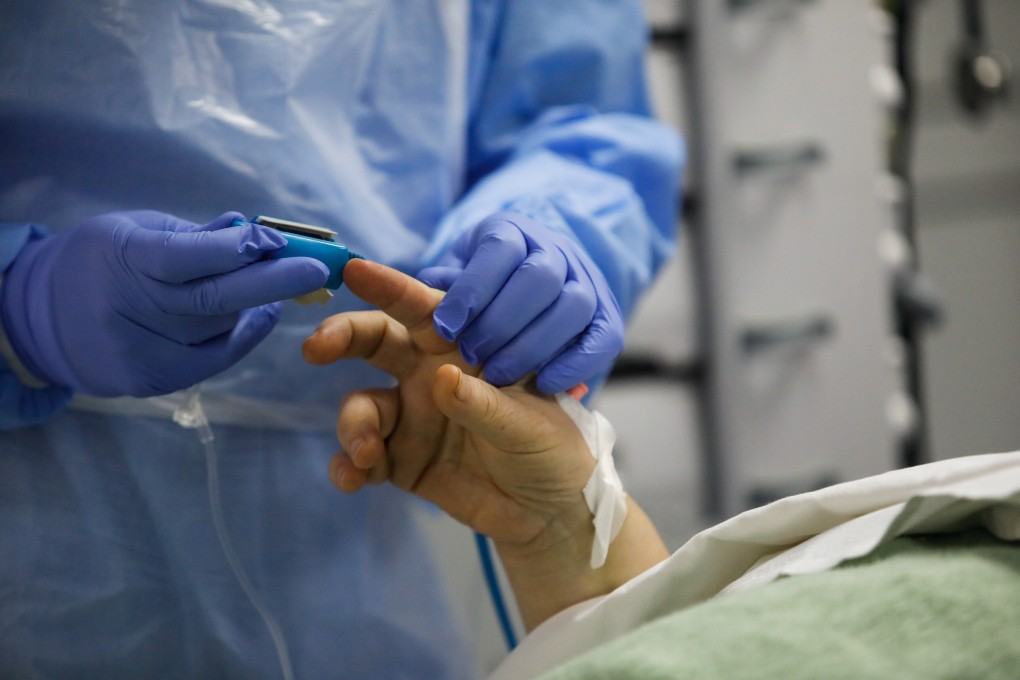Explainer | Why is Singapore giving 20,000 blood oxygen monitors to migrant workers?
- About 8,000 pulse oximeters have already been given to workers with Covid-19 and another 12,000 will be distributed to those living in dorms
- The devices, usually used to monitor asthma and pneumonia patients, can help identify those who have coronavirus before they exhibit symptoms

Yet many of these workers exhibit few, if any, of the symptoms usually associated with the respiratory disease, according to authorities – which is why thousands of medical devices known as pulse oximeters are now being distributed, to help detect the early warning signs of a coronavirus-related deterioration in health.
Some 8,000 pulse oximeters have already been handed out to migrant workers with Covid-19 and another 12,000 will go to those living in dorms. But what is this device that has been touted by health care experts around the world as a useful tool in the fight against coronavirus?
What is a pulse oximeter?
A pulse oximeter provides a non-invasive and painless way to measure how much oxygen is being carried in a person’s blood. It consists of a light-emitting sensor – most commonly clipped on to the tip of a finger – that can determine oxygen saturation levels within seconds by measuring changes in the wavelengths of light as it passes through the body. Typically, the device is used to monitor patients with asthma, pneumonia, lung cancer and other respiratory ailments.
